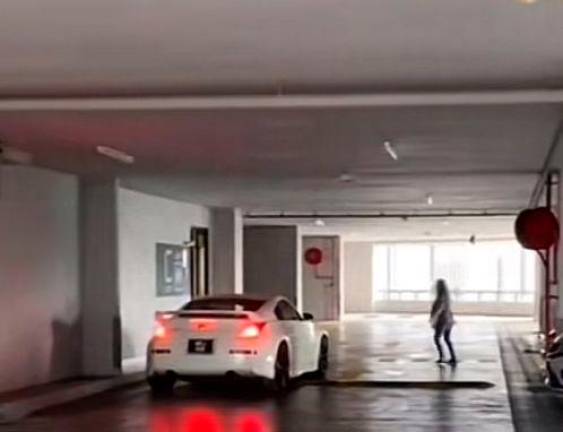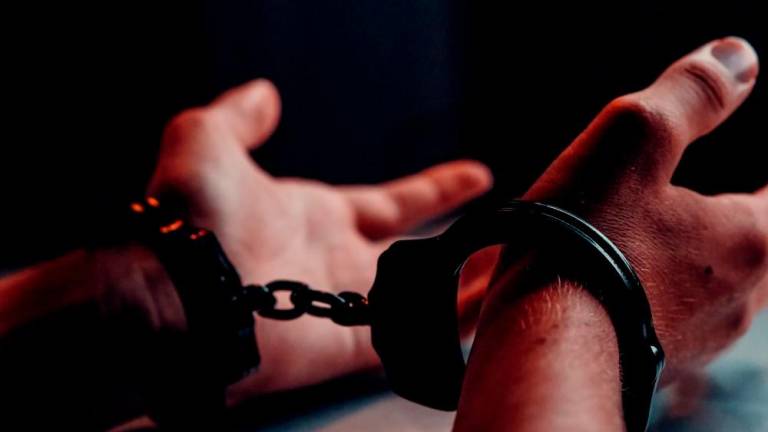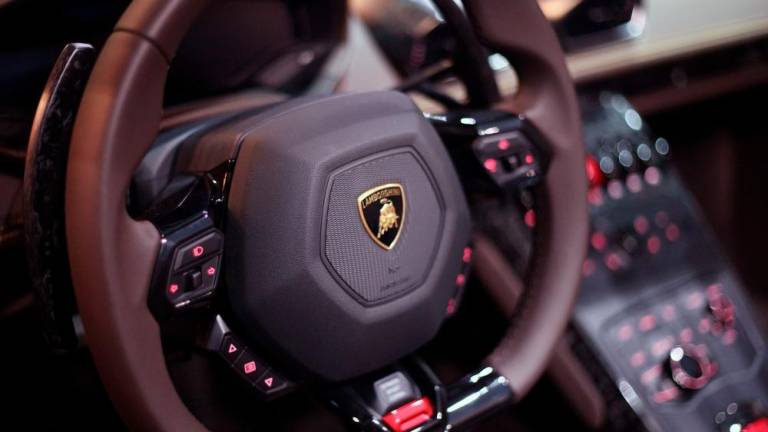THERE is a lot of noise around Luxury Tax. Some regard this as taking money from the rich and giving it to the rakyat. There is a lot of uncertainty surrounding this tax: What goods will be subject to Luxury Tax; what is the threshold at which it will be imposed; rate of tax; how will it be collected; etc.
Malaysia will not be the first country to be introducing Luxury Tax. Other countries such as Australia, Canada, China, Indonesia, South Korea, India, have different forms of Luxury Tax. Some countries impose it on specific items, and some impose it on items above certain values. For example, South Korea imposes tax on jewelleries, pearls, corals, luxury watches, luxury cameras, and bags.
The starting point is to define what is considered “luxury” in the context of the Malaysian economy. Generally, luxury goods are expensive goods bought by rich people that are not essential items for day-to-day living.
Therefore, the scope of the tax must be limited to a narrow list of items, or above a value which will not affect the middle class or the M40. Effectively, this should only affect the T20. If the tax affects those below the T20 group, then we have moved in the wrong direction.
The main purpose is to broaden the tax base and, in a way, to redistribute the wealth from the ultra-rich to the others. Equally important in light of the current budget deficit we are facing, is to generate additional tax revenues to reduce the deficit. Although the amount collected may be small when compared to the expected tax collection by IRB and Customs of RM164 billion and RM54 billion respectively, every extra million helps.
The problems that need to be addressed
Selecting the items or determining the threshold will be tough as the general feedback from the affected businesses will be the common pushbacks such as their sales could drop, Malaysians may purchase these goods overseas, Malaysia will be less attractive to tourists, may affect the tourism industry generally. Some of these concerns are genuine, and the others may not be entirely supportable, such as the Malaysian economy will be adversely affected as this tax is only imposed on the items that the ultra-rich buys. Majority of our tourists are not ultra-rich.
However, it is important that if the government decides to impose Luxury Tax on specific items such as sport cars, yachts, aircraft, paintings, precious metals, and ornaments, the authorities should understand the type of customers who will acquire these items.
For example in the case of gold jewellery, people from the lower end up to the higher end buy gold for both investment purposes and for personal enjoyment. It may not be appropriate to impose luxury tax on items that may be expensive, but it is bought by both the rich and the middle class.
Ultimately, it is extremely important to study the economic profile of the buyers.
How do you tax it?
It is anticipated that the rate of tax could be small, perhaps not more than 10%. If it is based on value, then it is possible to have tiered rates, but in practice, this will be cumbersome to implement. If the authorities plan to have different rates at different value levels, then you may have more than one rate (i.e. 5% at the lower threshold, and 10% at the higher threshold). This in a way helps mitigates the impact on the lower sections of society if they wish to buy luxury items as they are likely to buy lower value luxury items.
This could be imposed either at the point of sales via the sales tax regime, or through the introduction of a separate tax. The alternative is to impose it at the point of import.
However, imposing at the point of import will unnecessarily burden businesses as the sales will only take place later. This tax should be confined to purchases by individuals.
This article is contributed by Thannees Tax Consulting Services Sdn Bhd managing director SM Thanneermalai (www.thannees.com).











